Valentinstudio are a 3D design agency based in Lyon, France, who focus on creating upscale 3D visualizations, including stills and animations. We spoke with the team there to find out more about them, their take on the industry, and what the future has in store.
Read about Valentinstudio!
Tell us a little about how Valentinstudio was started.
After seven years as a one-person studio, Valentinstudio became a fully-fledged team three years ago. What could be better than sharing your passion with others, right? Ever since then, we have been using our knowledge and skills to support numerous architects and real estate promoters.

When founded, Valentinstudio worked almost exclusively on luxurious projects, but the industry is changing at the speed of light, and so we have to adapt! Today we work with high-end model programs, on projects which are still prestigious, but we would like to have more variety in the kind of projects we take on.
We are currently based in Lyon, France, and our team has 2 permanent CG artists – when things heat up, we have a backup team of freelancers ready to help us out!
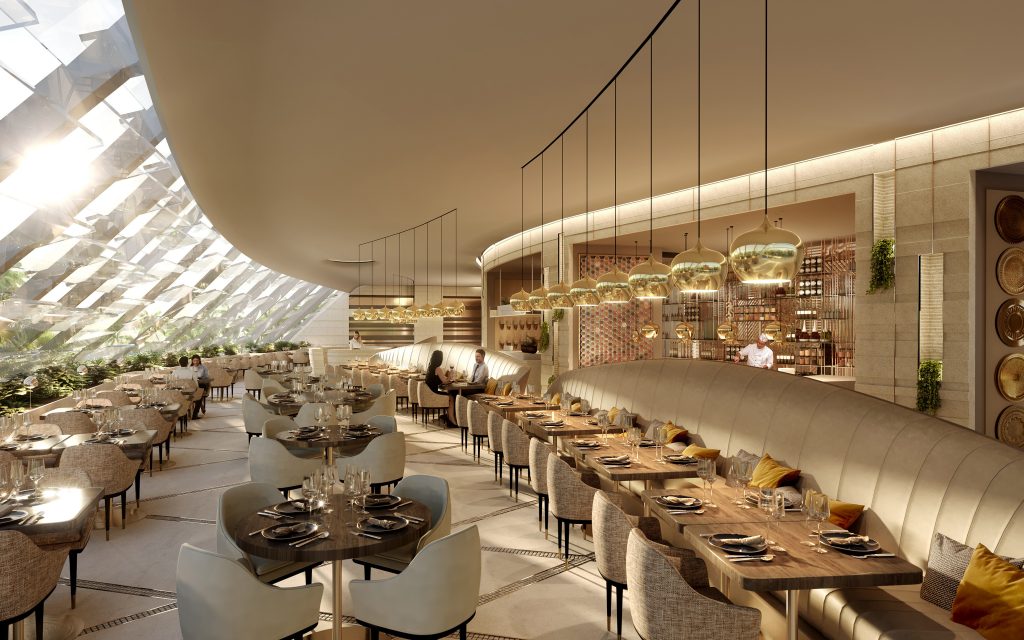
What is the philosophy behind Valentin Studio, and what makes you different?
What makes us stand out most compared to other French studios is that teamwork is an integral part of all we create. What I mean is that there is never only one graphic designer on a project, but always the whole team on every project.
This enables us to have shorter production times, and also lets us make use of the unique skills of every single team member. The workflow is unified in terms of the tools we use, and that enables us to move projects easily between team members. For us, every project is the creation of a group of passionate creatives from the beginning to the very end, and that’s what keeps us filled with energy and excitement on a daily basis.
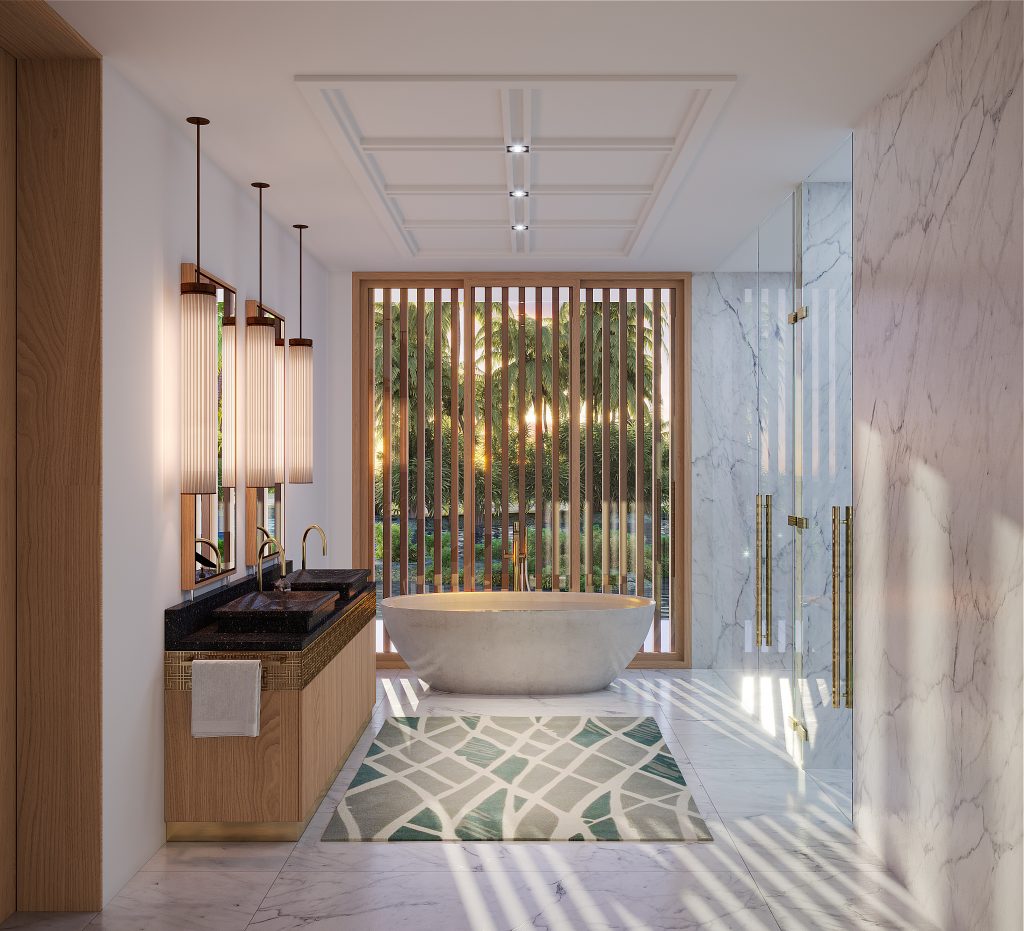
How do you see the role of VR in the industry, both now and in the future?
Back in the summer of 2016, we developed a chalet entirely using the Unreal Engine which could be explored with a keyboard and mouse on a PC, as well as on the HTC Vive. This technology is interesting, but it demands a set up that takes an extremely long time compared to the industry’s expectations of productivity.
The quality of this kind of real-time VR is also irreconcilable with traditional rendering software. I would say that real-time VR is more of a passing trend, and traditional rendering will end up having the last word.
When it comes to 360° VR panoramas, if the day arrives when VR headsets have great quality, then maybe then demand for that will grow. At the moment though, the feedback from our clients has generally been negative (headaches, nausea…)
You create a wide range of different media – is there any major difference in workflow or approach when working with stills or animations?
Well, I wouldn’t say so. Actually, our workflow enables us to approach things the same way and achieve the same results, whether it is for an image or for an animation – the compositing is done with Black Magic Fusion in both cases.
With Corona Renderer 1.6, sometimes we end up with a completely finished image direct from the VFB, which is incredible!
Any favourite projects so far?
Hmmm… that’s a difficult one to answer! Every project is unique and has its own distinctiveness, so it’s quite difficult to choose a particular one as a favourite.
Recently, we worked on an animation for the real estate agency Maisons Oxygène and we absolutely loved it! Our client was really open-minded and he agreed to go with an uncommon narrative, something more refined than a simple and typical fly-through.
What we aimed for with this animation was to promote a custom-made house while giving a sense of strong emotions and a warm feeling. The film was oriented around the lifestyle as much as the physical space, and our goal was to tell the story of a person coming home from work and follow that story through to the next morning.
One more thing I need to mention about that project… adding a kitten into the film was a little extra touch of fun!
How did you first discover Corona Renderer?
We discovered Corona when version 1.0 launched. After testing it out during the first 24 hours of release, we bought a licence + 10 rendering nodes right away! Ever since then, all of our productions have been created using Corona Renderer.
Do you use Corona Renderer exclusively, and what do you like best about it?
Yes, we do use it exclusively. This rendering engine is absolutely magnificent, a time saver when it comes to setting up compared to other render engines, which we really appreciate.
The lighting and the materials are quite easy to configure. The numerous post-processing effects have greatly simplified our workflow and reduced the use of additional plugins and software. The approach to development is also very interesting, and every new version of Corona brings a lot of new things, which we adore!
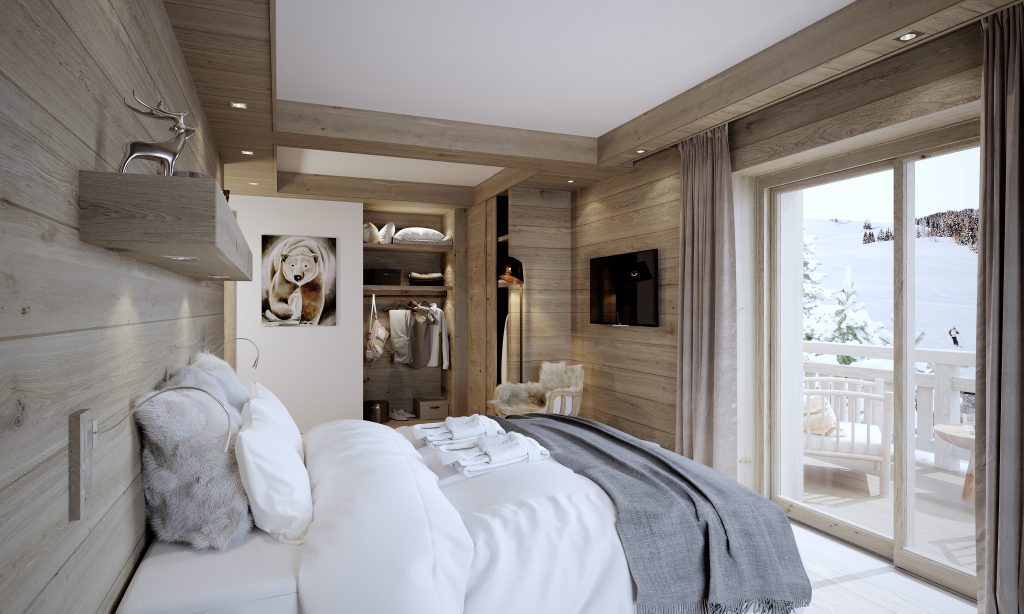
Any current or upcoming projects that you are allowed to mention?
There isn’t one particular project to call out at this moment, but there are several significant productions currently in progress, one of them about a resort in the mountains which will most likely become the focus of a short animation. And who knows, maybe you will see it here on the blog once it’s finalized!
What are your plans for the company’s future?
We see Valentinstudio as a journey that started 10 years ago, with new crew members coming on-board to join the voyage over the last 3 years. The journey started in Lyon, France, but in the future we hope to share the expedition on an international scale.
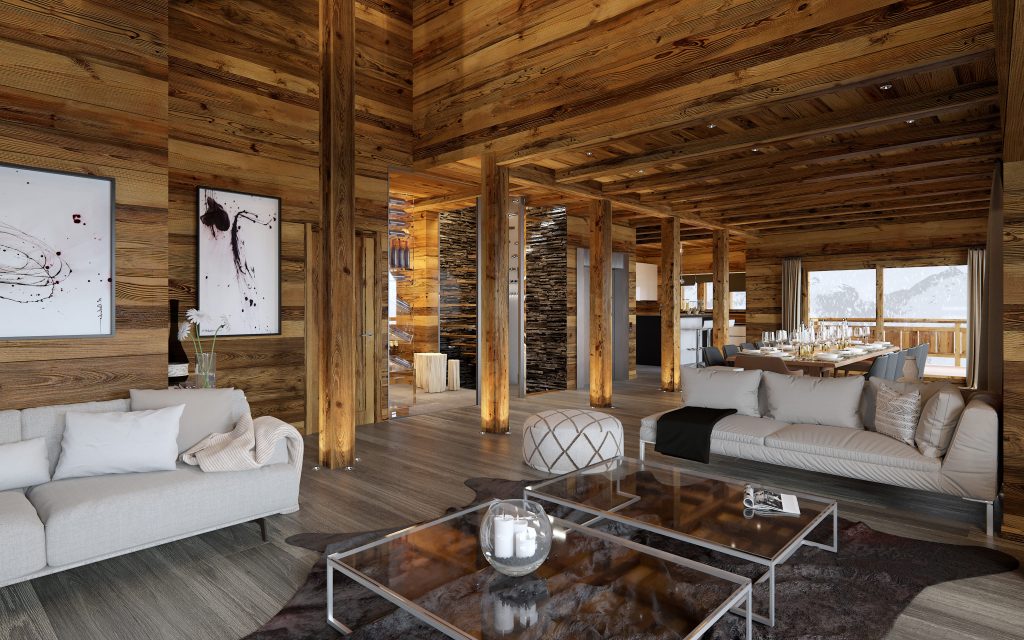
What advice would you give to someone starting out in the industry today?
Hold on tight! The market is constantly changing with the arrival of new tools, but there will always be place for passionate creatives. Our profession is one continuous training course, that always pushes us to improve what we create. In the end, passion is the engine of this industry!
All the best!
The Valentinstudio team
LINKS:
Website: http://www.valentinstudio.com/en/
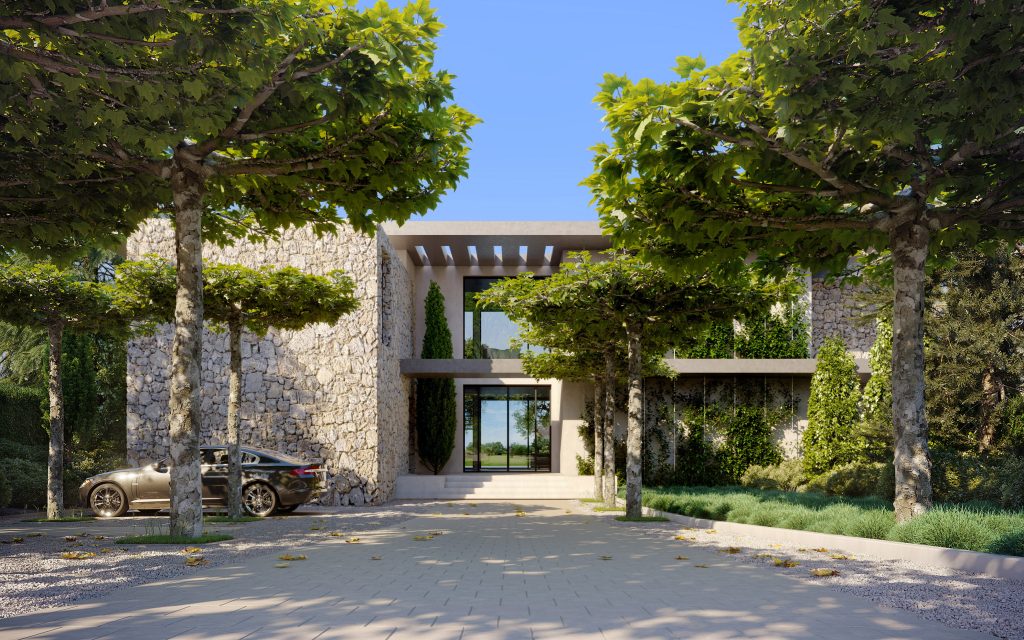
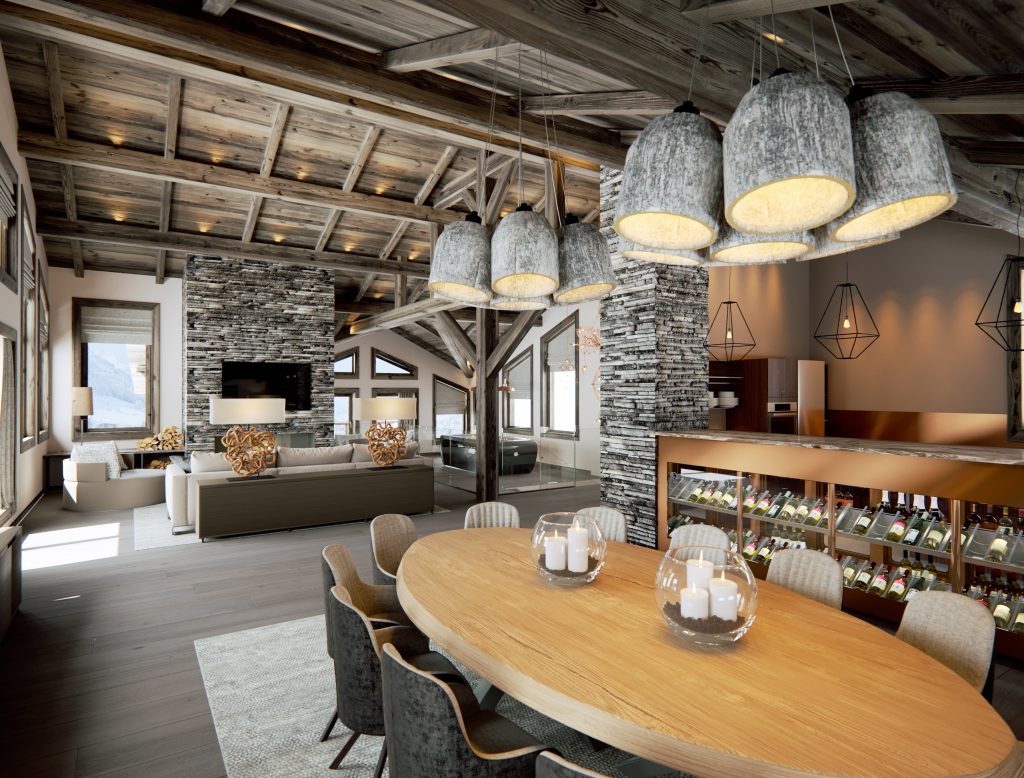
One thought on “Valentinstudio – a company profile”